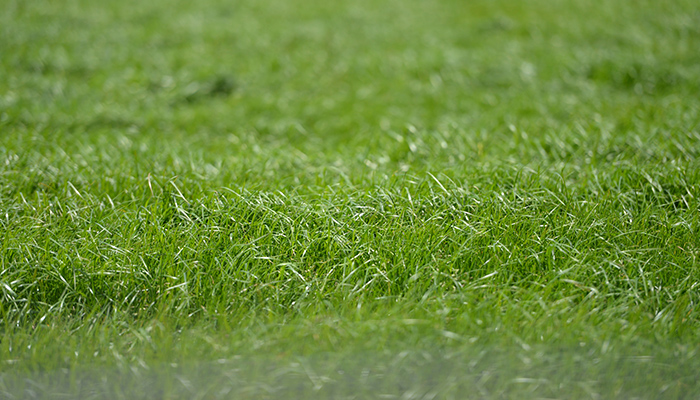15 April 2021
How Does Grass Grow?

Perennial ryegrass (PRG) is the most commonly sown grass species in Ireland. As a perennial plant it’s characterised by having the growing point close to the ground and it regrows after each grazing & cutting, without the need for frequent reseeding. Patricia Lynch, Teagasc Advisor Westport has more
Did you know a grass plant has only 3 live leaves?
It can be surprising to know that each grass plant has only ever three live leaves. As the fourth leaf starts to grow, the first and the oldest leave dies off. When grass growth is at its highest, usually in May, a new leaf is produced every four to five days. At peak growth, all three leaves can be replaced within two to three weeks. But when grass growth is at its slowest, in mid-winter, it can take 30 days to produce one new leaf. The best time for grazing is when the plant is at the two and a half to three leaf stage.
Factors Affecting Grass Growth
The amount of grass that’s grown on your farm is influenced by a range of factors
Soil temperature
Grass growth picks up significantly when soil temperatures at 10cm depth reaches above 5°C. There is a variation between grasses, e.g. Timothy may start growing at lower temperatures while white clovers and other legumes begin at around 8°C. At these temperatures the plant becomes active and absorbs more soil moisture, which increases the uptake of nutrients and rate of growth. Measuring soil temperature using a cheap soil thermometer is a quick, easy and cheap method of identifying when the plant is growing, so that Nitrogen (N) fertilizers can be applied to promote growth.
Altitude and aspect
Air temperature drops 1°C in every 100m rise above sea level, which impacts directly on grass growth, particularly the length of the growth season. North facing pastures take longer to warm up in spring than south facing ones.
Light & Water
Light is needed by all plants to drive the reactions of photosynthesis, which provides the energy for growth. The more light a plant receives, the more it is able to grow. Too little water means grass leaves wilt which means they cannot maintain optimum position for light capture. Too much water, a plant will slow or even shut down root activity.
Lime & Fertilisers
Once the pH of the soil has been corrected, fertiliser nutrients are usually the most limiting factors to grow grass. Nitrogen (N) governs yield, the faster the leaf grows the more light it can intercept. In young leafy swards, N can increase yield and density. In grazing systems N is most effective at sward heights of between 4-8cm. Phosphate (P) is important for root and stem growth. Potassium (K) is essential for vital growth processes in the plant.
Grass Type
Different grass species and varieties have different characteristics, both in terms of yield and heading date. Farmers can choose varieties to suit their farming system based on information on yield, heading dates, feed quality etc. The DAFM Recommended List and Pasture Profit Index for 2020 can be found at www.teagasc.ie/crops/grassland/pasture-profit-index/
Grazing Management
Grazing grass at the ideal two and a half to three leaf stage increases grass growth and sward yield by maintaining the optimum leaf area to capture sunlight, which provides the energy for growth. It’s important to remember that you need grass to grow grass as grazing too low of covers can significantly reduce grass growth. As grass is the cheapest feed available to Irish farmers, target to make maximum use of grazed grass on your farm during the 2021 grazing season.
If you are interested in finding out more about grass check out Grass10 here
